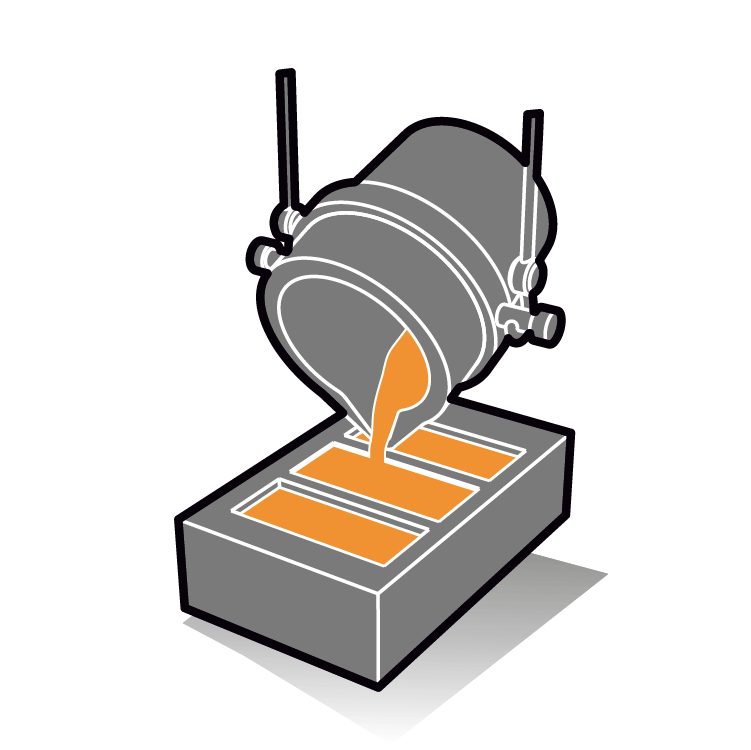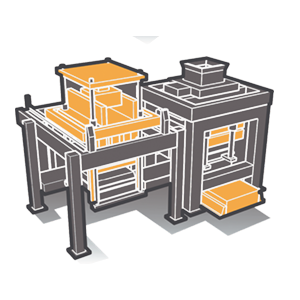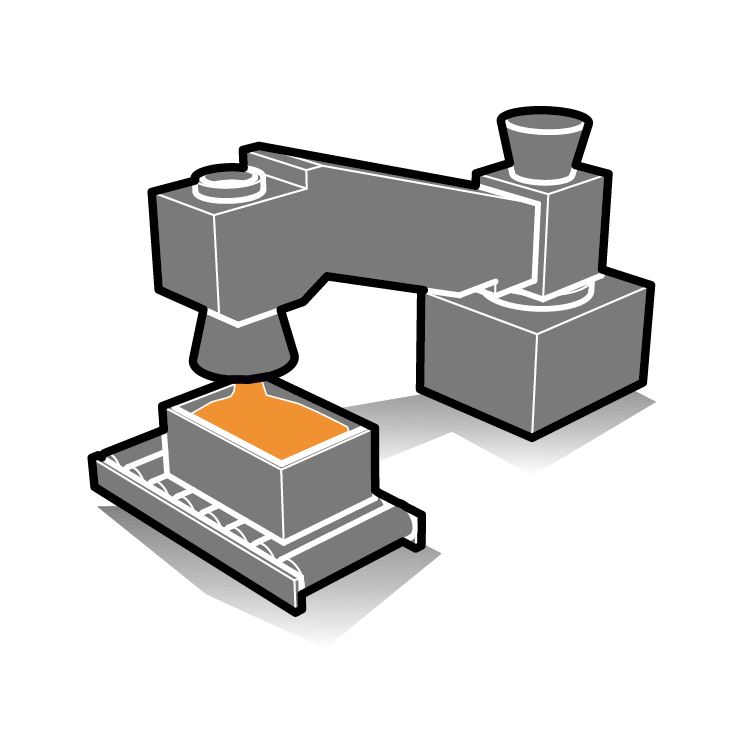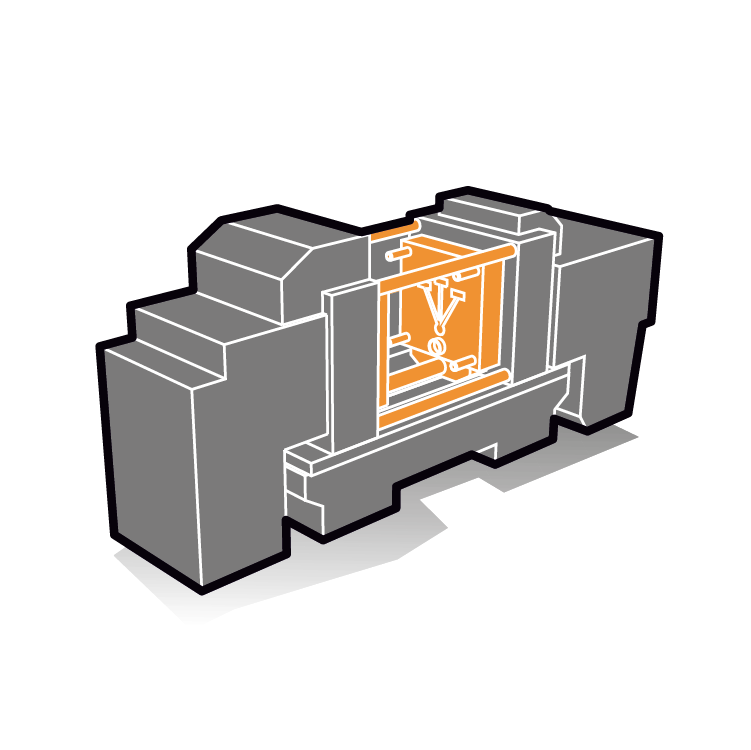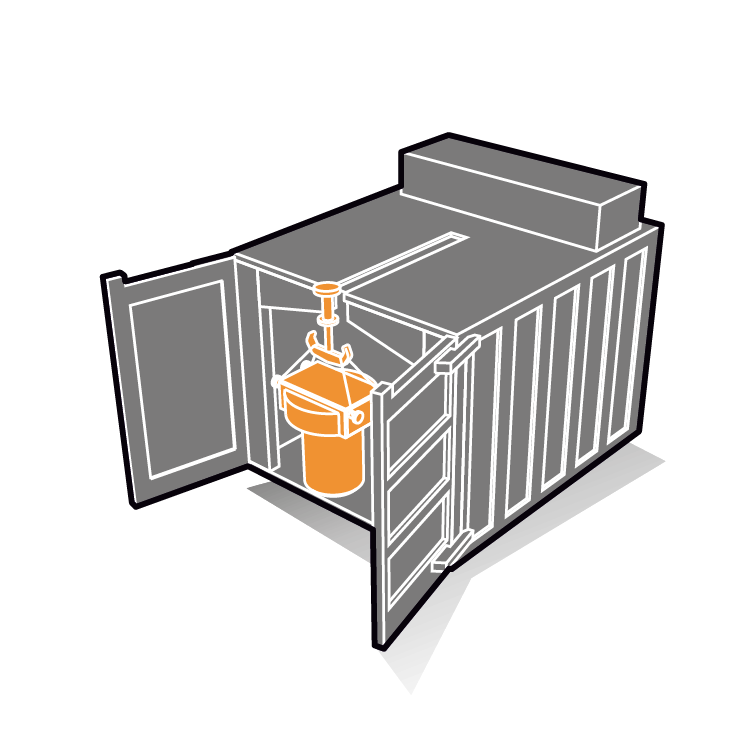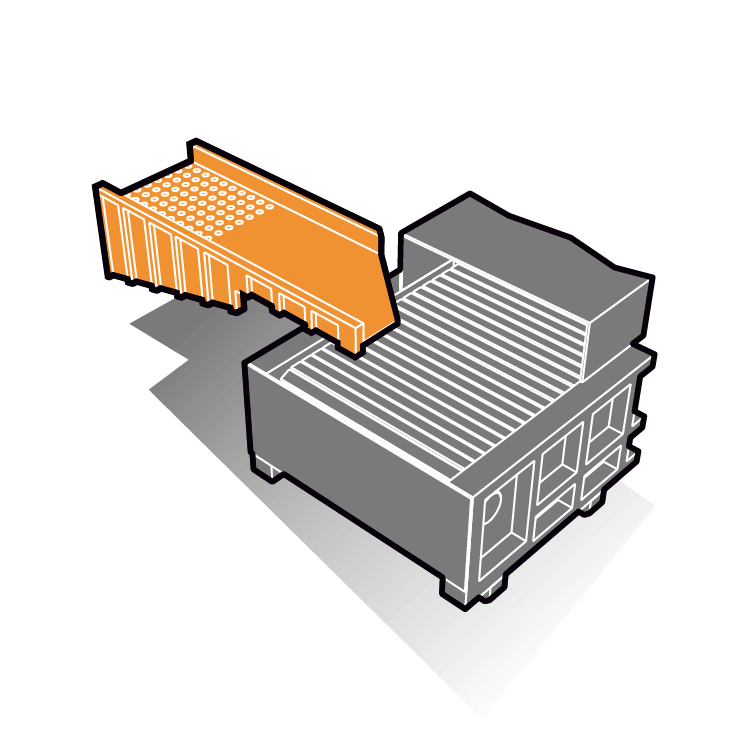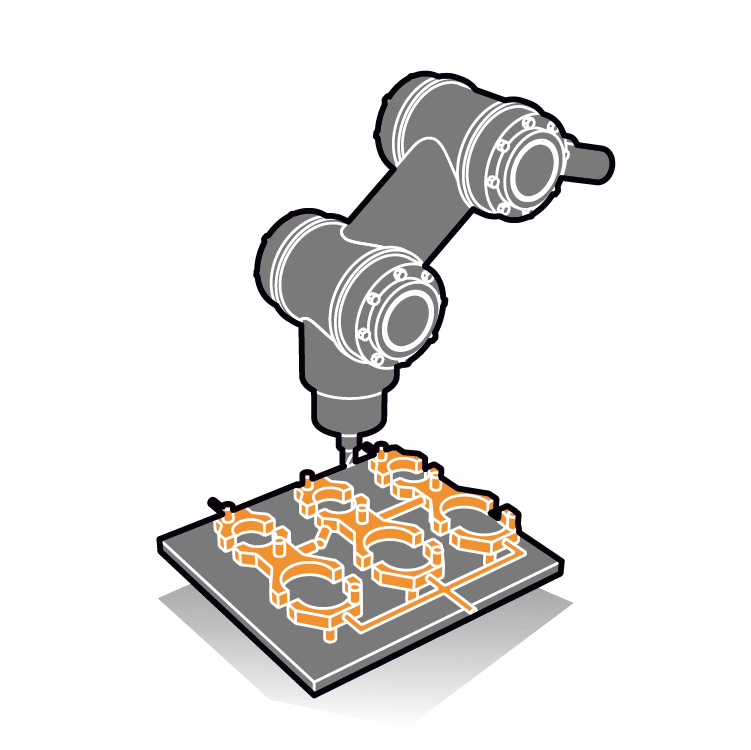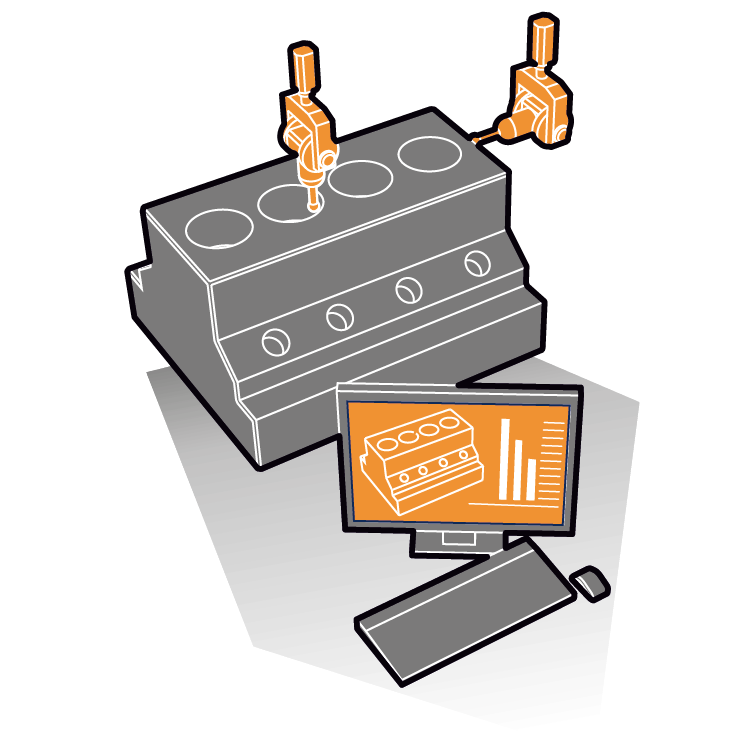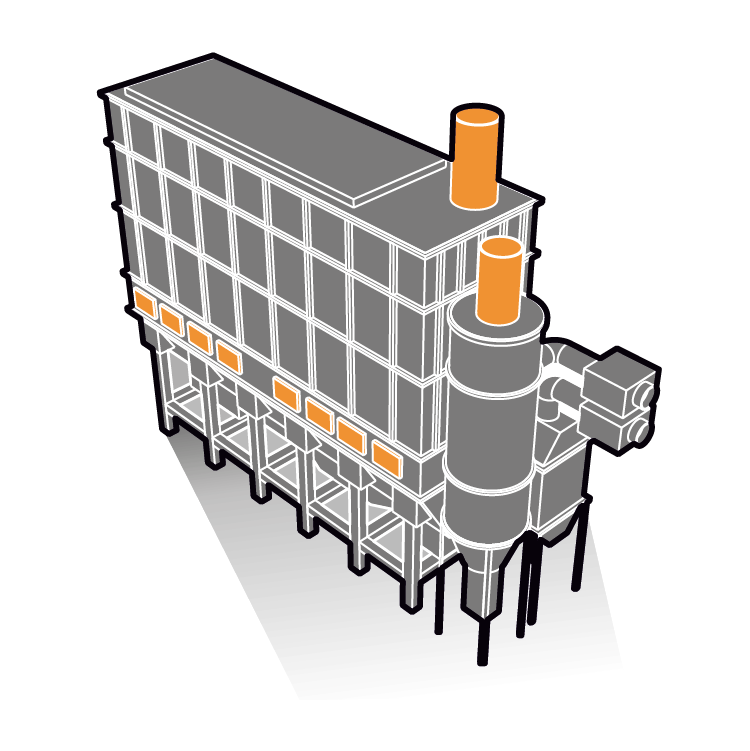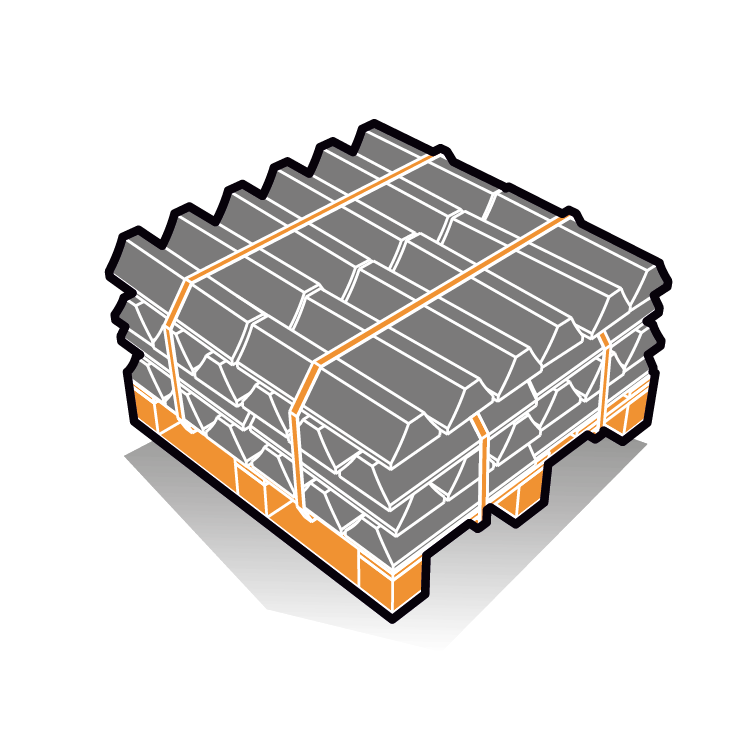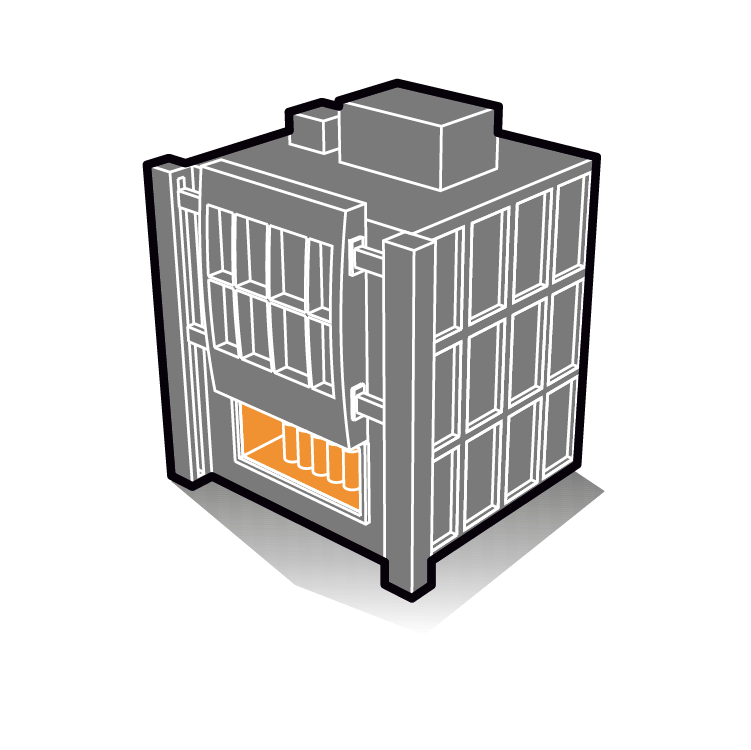ABB: LAUNCHES THE NEW GENERATION OF COBOT
Eight out of ten companies say they will increase the use of robots in the next decade and cite the pandemic as an accelerator towards investments in automation
ABB expands its range of collaborative robots (cobots) with new cobot families GoFa and SWIFTI, offering higher load capacities and speeds, to complement the YuMi and YuMi Single Arm in ABB’s cobot line. These stronger, faster and heavier-moving cobots will accelerate the expansion of companies in fast-growing segments such as electronics, personal care, consumer goods, logistics and food & beverage, responding to the growing automation demand in these sectors.
GoFa and SWIFTI are designed to be programmed intuitively so customers don’t have to rely on in-house programming specialists. This will lead industries that have low levels of automation to become customers able to get their cobot up and running within minutes of installation, right out of the box, without specialist training.
“Our new range of cobots becomes the widest on the market and offers the potential to transform workplaces and help our customers achieve new levels of operational performance and growth,” said Sami Atiya, President of the Robotics Business Area. & Discrete Automation from ABB. “They are easy to use and configure and are supported by our global network of on-call and online support experts to ensure that companies of all sizes and new sectors of the economy, far from just manufacturing, can adopt robots to first time.”
The expansion of the ABB cobot range is designed to help new robot users and those already experienced to accelerate automation for at least 4 macro trends which are: consumer customization, labor shortage, digitalization and uncertainty that are transforming business and driving automation into new sectors. The expansion is linked to the Business Area’s focus on fast-growing segments through innovation in the product portfolio and full support for profitable growth.
Automation drives the future of the manufacturing industry
In a global survey1 of 1,650 large and small businesses in Europe, the United States and China, 84% of companies said they will introduce or increase the use of robotics and automation over the next decade, while 85% said that the pandemic has “changed the game” for its business and sector, citing COVID-19 as an accelerator towards investment in automation. Nearly half of companies (43%) said they want to use robotics to improve health and safety in the workplace, 51% said robotics could help and foster social distancing, and more than a third (36 %) considered the hypothesis of using robotic automation to improve the quality of work for their employees. More readily, 78% of corporate CEOs and managers said recruiting and retaining staff for repetitive and ergonomically demanding jobs is a challenge.
Cobots are designed to operate in the presence of workers without the need for physical security measures, such as fences, and to be very easy to install and then use. In 2019, more than 22,000 new collaborative robots were deployed globally, up 19% from the previous year2. Demand for collaborative robots is projected to grow at a CAGR (Compound Annual Growth Rate) of 17% between 2020 and 20253, while the value of global cobot sales is expected to increase by around $ 0.7. billion in 2019 to about $ 1.4 billion by 20254. The global market for all industrial robots is projected to grow from about $ 45 billion in 2020 to about $ 58 billion by 2023 (9% CAGR) 5 .
GoFa and SWIFTI are designed to help companies automate processes to assist workers in activities such as material handling, machine maintenance, component assembly and packaging in manufacturing, medical laboratories, logistics centers and in warehouses, workshops and small production plants.
“With this expansion, we are making cobots easier to use and deploy, with real-time support to help accelerate their adoption in companies that may not have considered using them previously,” Atiya said. “Our experience teaches us that the best performing operations exploit people’s skills, along with the potential of new technologies.”
 Italiano
Italiano  English
English Español
Español DEUTSCH
DEUTSCH  汉语
汉语 Indonesia
Indonesia  Русский
Русский فارسی
فارسی
